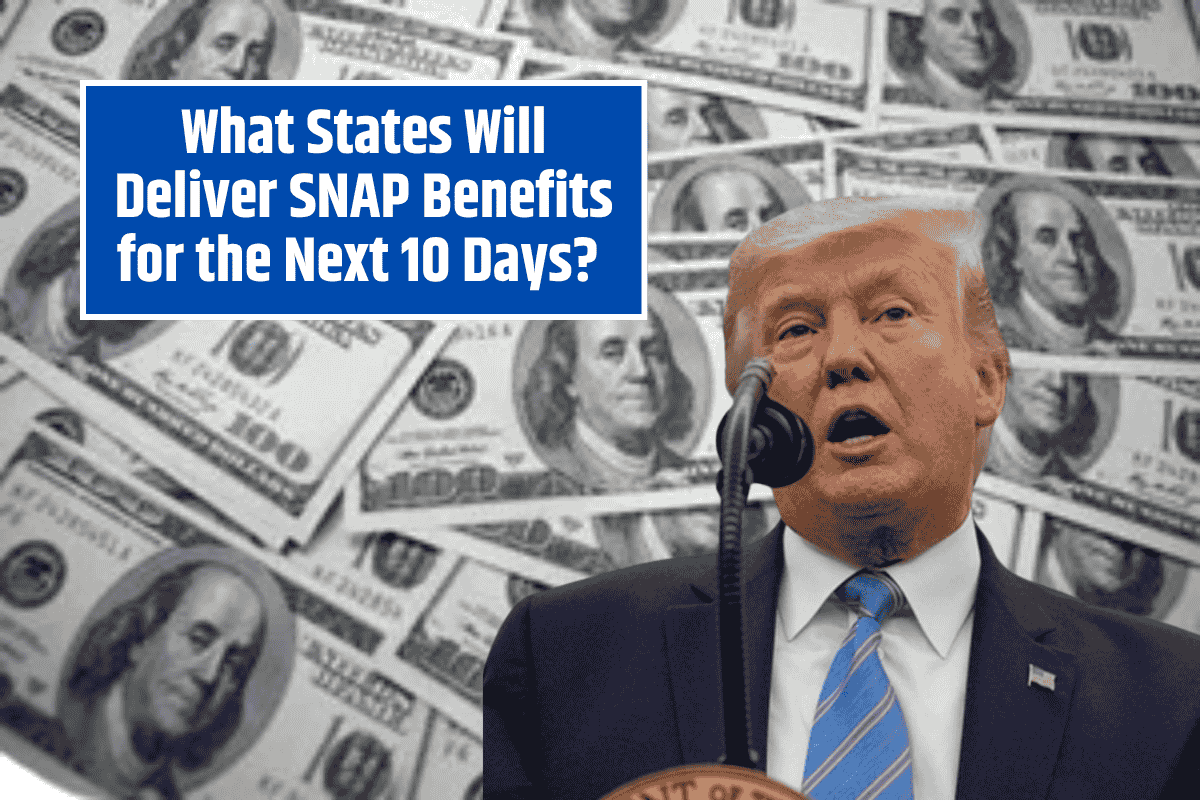Millions of U.S. households will be receiving their SNAP benefits (food stamps) between July 9 and 19. This distribution period is carefully planned across multiple states to avoid delays and system overload.
While the window for receiving payments is the same, each state has its own schedule, meaning families need to know when to expect their benefits in order to plan their grocery shopping.
SNAP Payment Schedules by State
Several states are set to distribute Supplemental Nutrition Assistance Program (SNAP) benefits during the next ten days. While the timing may vary, the distribution will follow specific schedules based on factors such as case numbers or surnames. Here’s a breakdown of which states will be sending out payments:
Arizona: July 1st-13th
California: July 1st-10th
Colorado: July 1st-10th
Florida: July 1st-28th
Idaho: July 1st-10th
Illinois: July 1st-10th
Iowa: July 1st-10th
Kansas: July 1st-10th
Kentucky: July 1st-19th
Louisiana: July 1st-23rd
Massachusetts: July 1st-14th
Missouri: July 1st-22nd
New Mexico: July 1st-20th
New York: July 1st-9th
Oregon: July 1st-9th
Pennsylvania: First 10 business days of July
South Carolina: July 1st-10th
Tennessee: July 1st-20th
Texas: July 1st-28th
Washington: July 1st-20th
West Virginia: July 1st-9th
Wisconsin: July 1st-15th
Knowing these dates can help families plan their shopping and budget for the month ahead.
Maximum SNAP EBT Deposits
For those eligible for SNAP benefits, the maximum monthly allotments vary based on the number of people in the household. These maximums remain in effect until September 2025 and are outlined as follows for the 48 contiguous states and D.C.:
1 person: $292
2 people: $536
3 people: $768
4 people: $975
5 people: $1,158
6 people: $1,390
7 people: $1,536
8 people: $1,756
Additional persons: $220 per person
Eligibility for SNAP Benefits
To qualify for SNAP benefits, households must meet specific income guidelines set by the USDA. The limits are based on gross monthly income (130% of the federal poverty level) and net monthly income (100% of the federal poverty level). Here are the income limits for 2024-2025:
Gross monthly income:
1 person: $1,632
2 people: $2,215
3 people: $2,798
4 people: $3,380
5 people: $3,963
6 people: $4,546
7 people: $5,129
8 people: $5,712
Each additional person: $583
Net monthly income:
1 person: $1,255
2 people: $1,704
3 people: $2,152
4 people: $2,600
5 people: $3,049
6 people: $3,497
7 people: $3,945
8 people: $4,394
Each additional person: $449
Income Deductions for SNAP Eligibility
There are several deductions that can help reduce gross income, making households eligible for SNAP. These deductions include:
Standard deduction (varies by household size): $204 for 1-3 people, scaling to $291 for 6+ people.
20% deduction on earned income.
Medical expenses exceeding $35 per month (for elderly or disabled members).
Dependent care costs.
Excess shelter deduction: If housing costs exceed 50% of the remaining income after other deductions, additional shelter costs may be subtracted.
These deductions are essential in determining the net income that qualifies households for SNAP benefits.
How to Apply for SNAP Benefits
To apply for SNAP benefits in your state, you can visit the state’s official SNAP website or contact your local SNAP office. The USDA provides a SNAP State Directory, and you can also call the national SNAP information line at 1-800-221-5689 for assistance. Be cautious and make sure to apply only through official channels to avoid scams.
If you or someone you know relies on SNAP benefits, it’s important to keep track of the payment schedule in your state. Each state’s timeline differs, and knowing the exact dates helps you plan your grocery budget accordingly.
Additionally, understanding eligibility requirements and the deductions available can ensure you receive the correct amount of assistance. Be sure to apply through legitimate channels and stay informed about any changes in the program.
